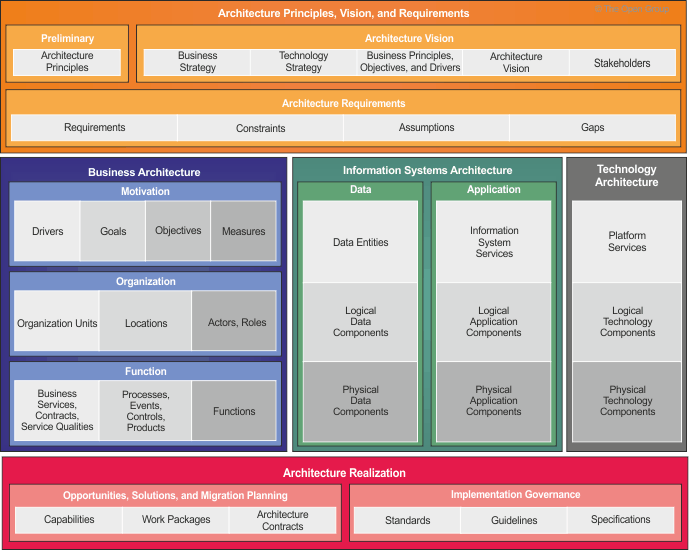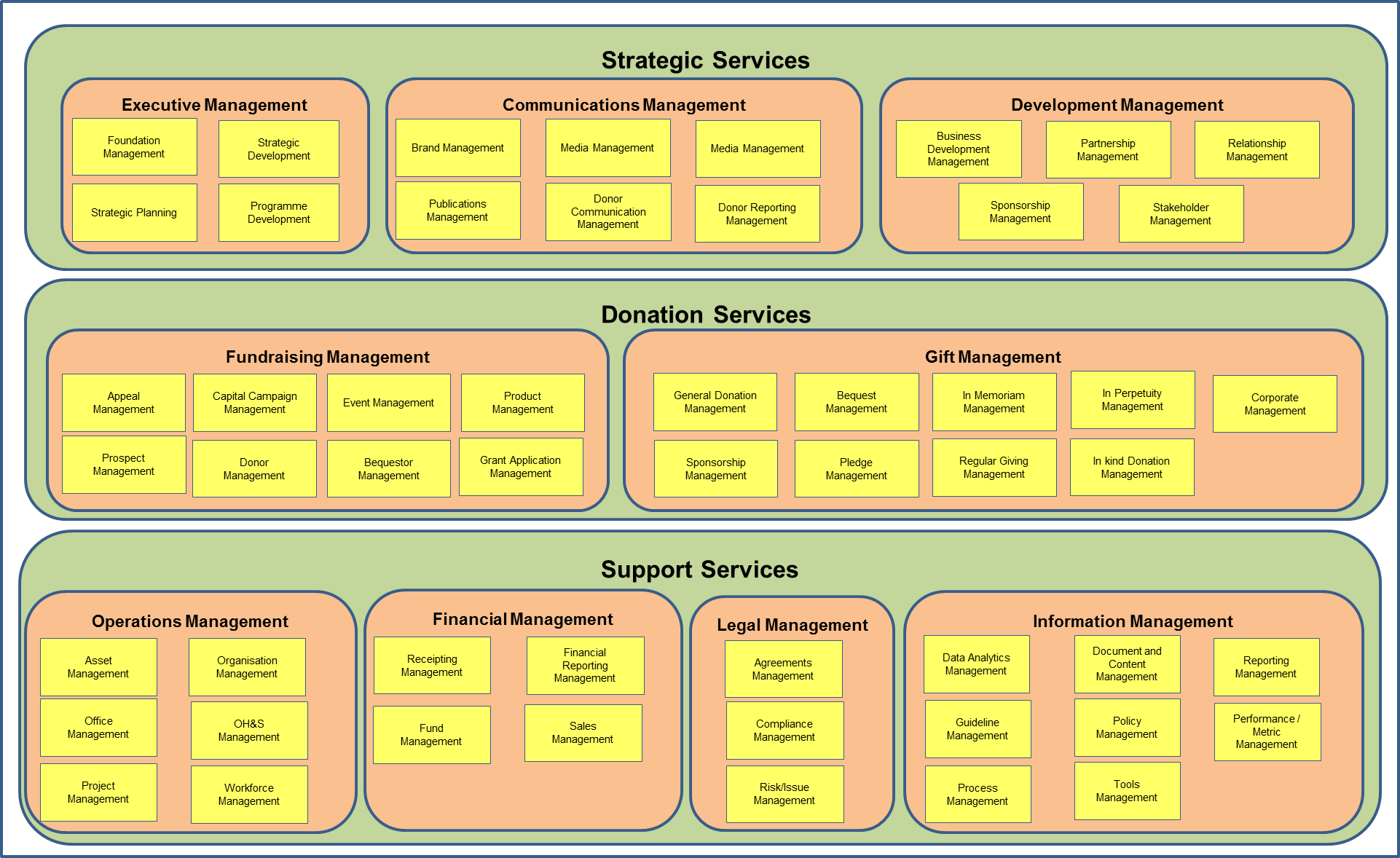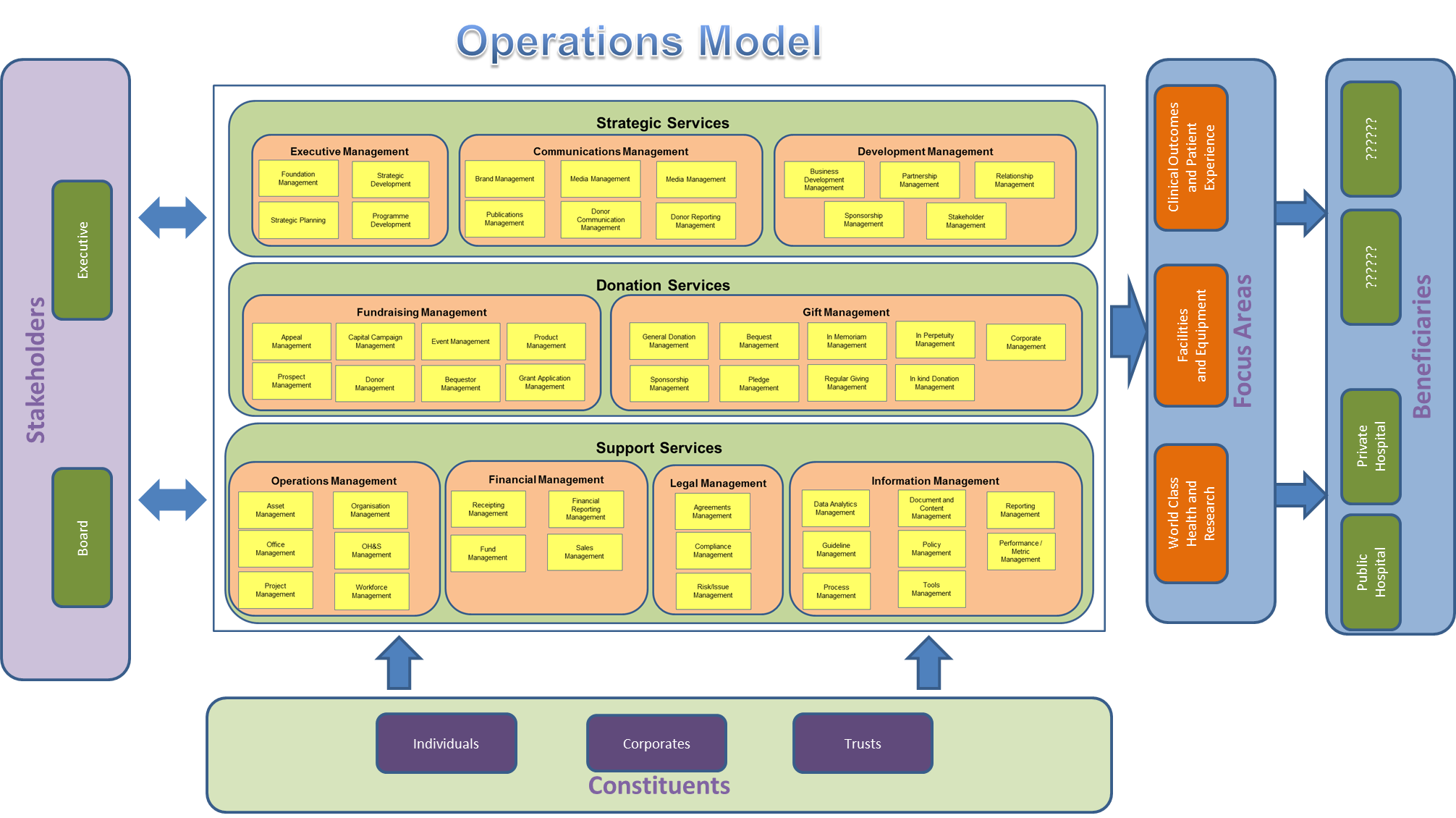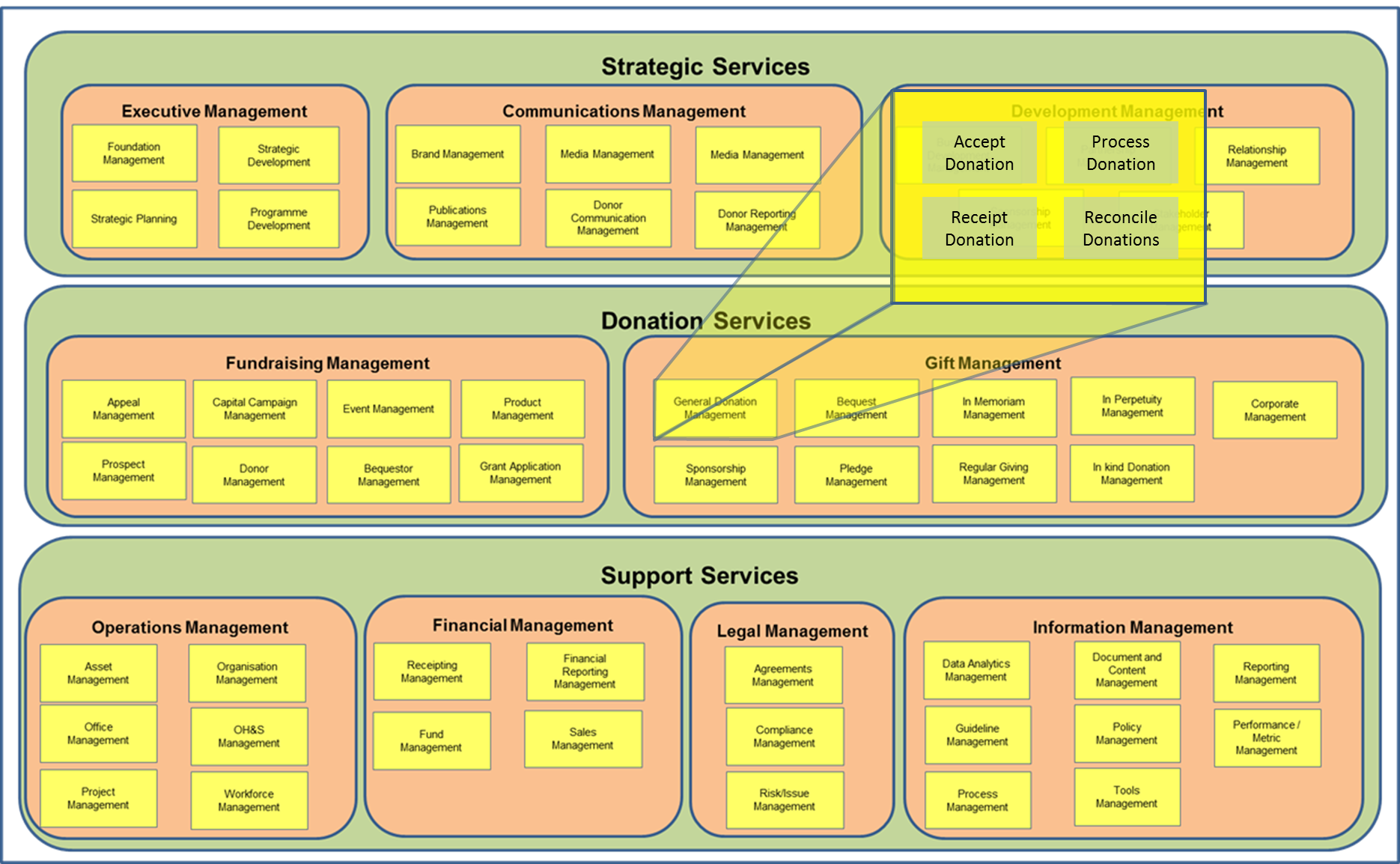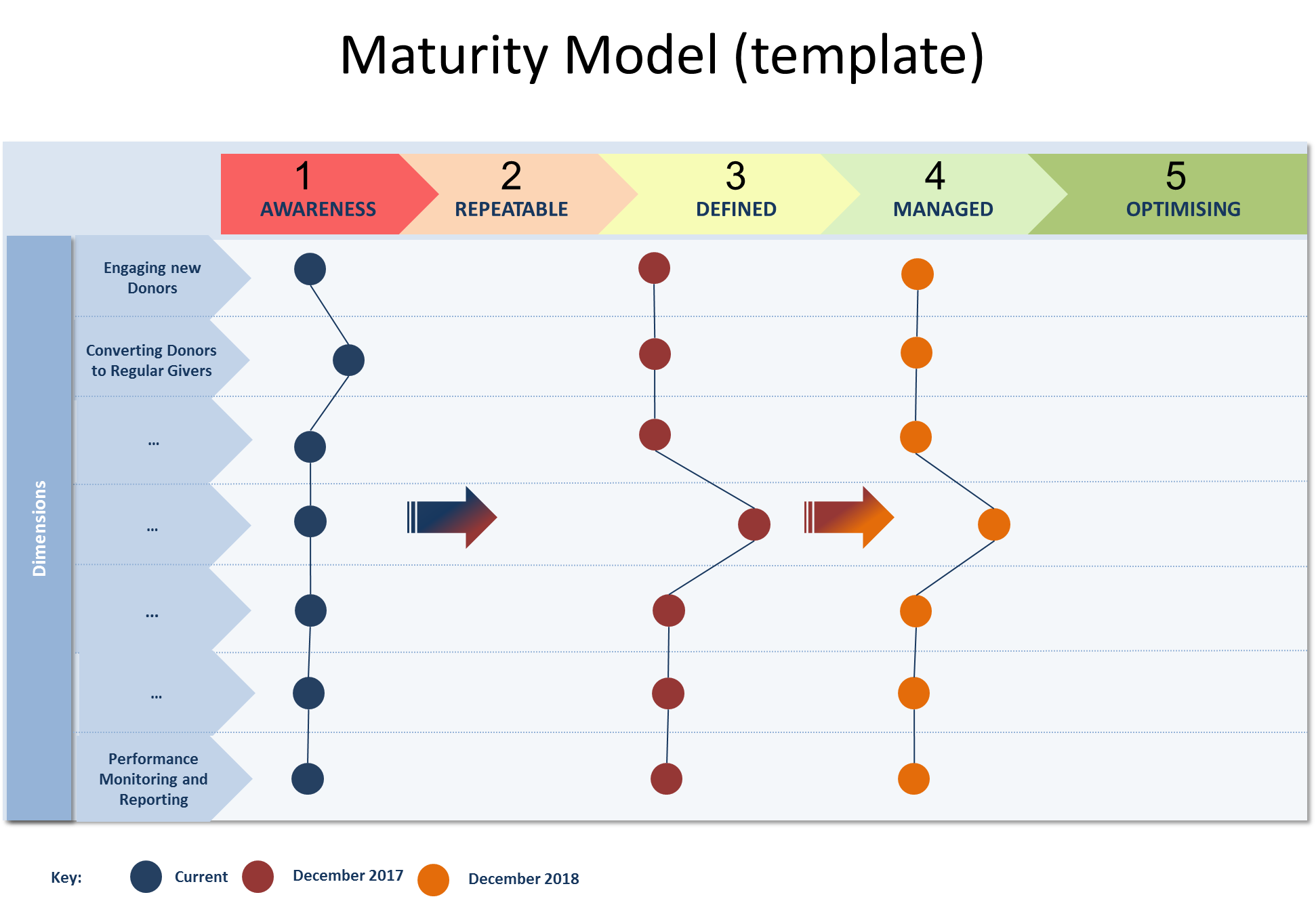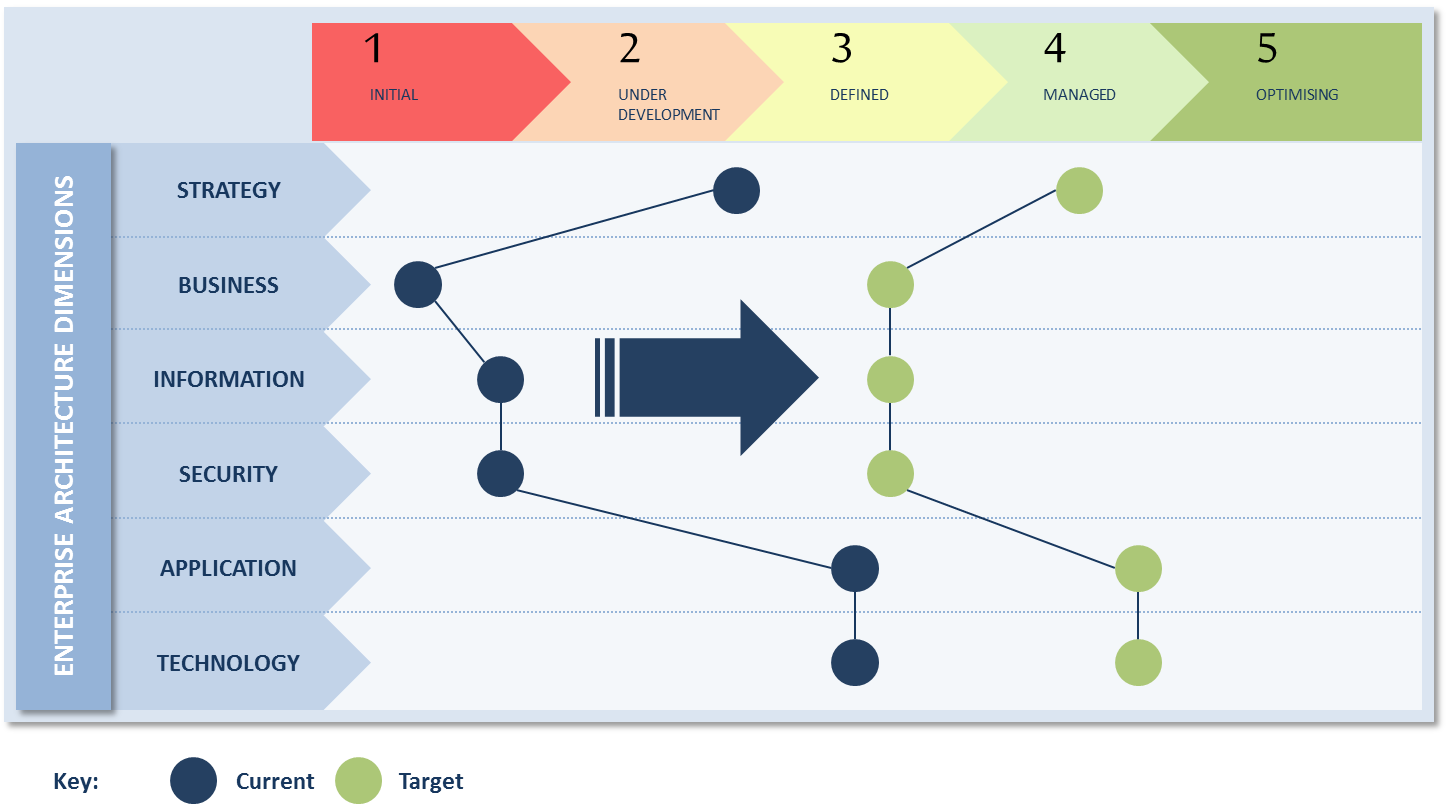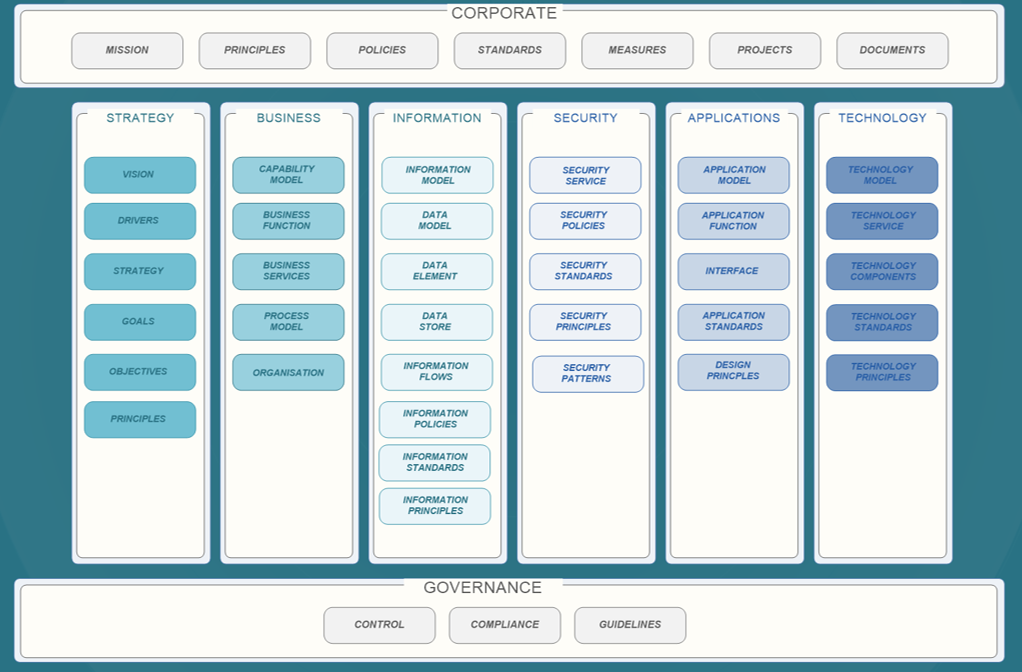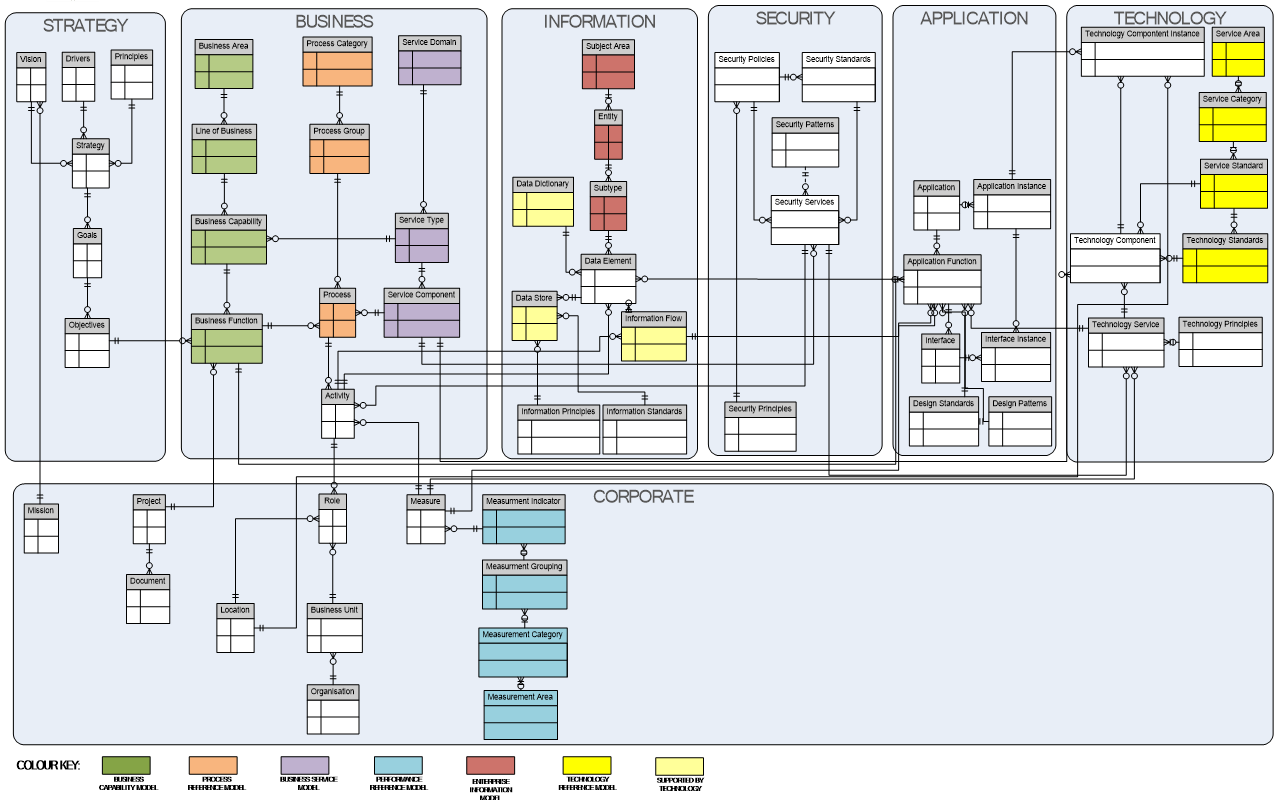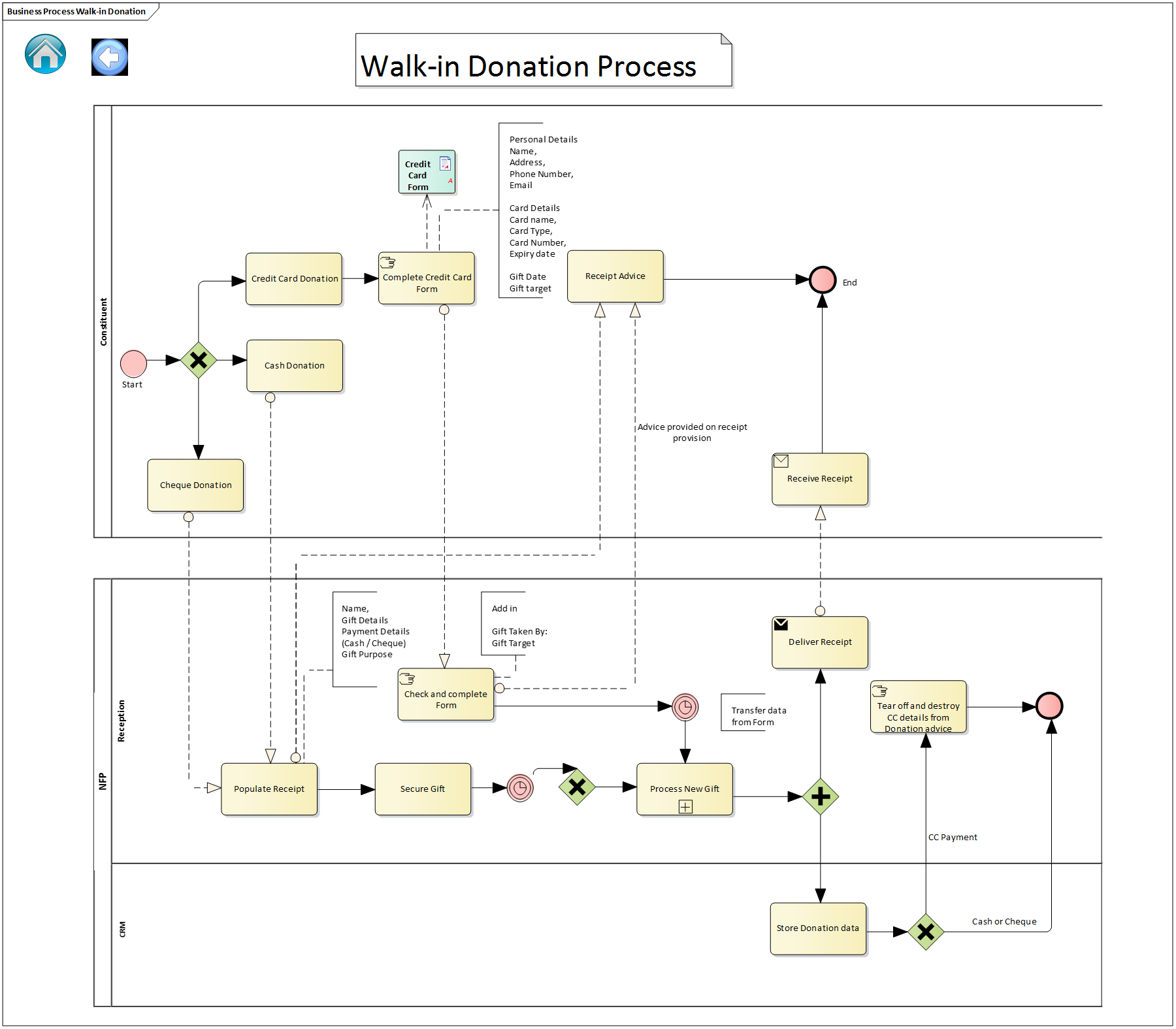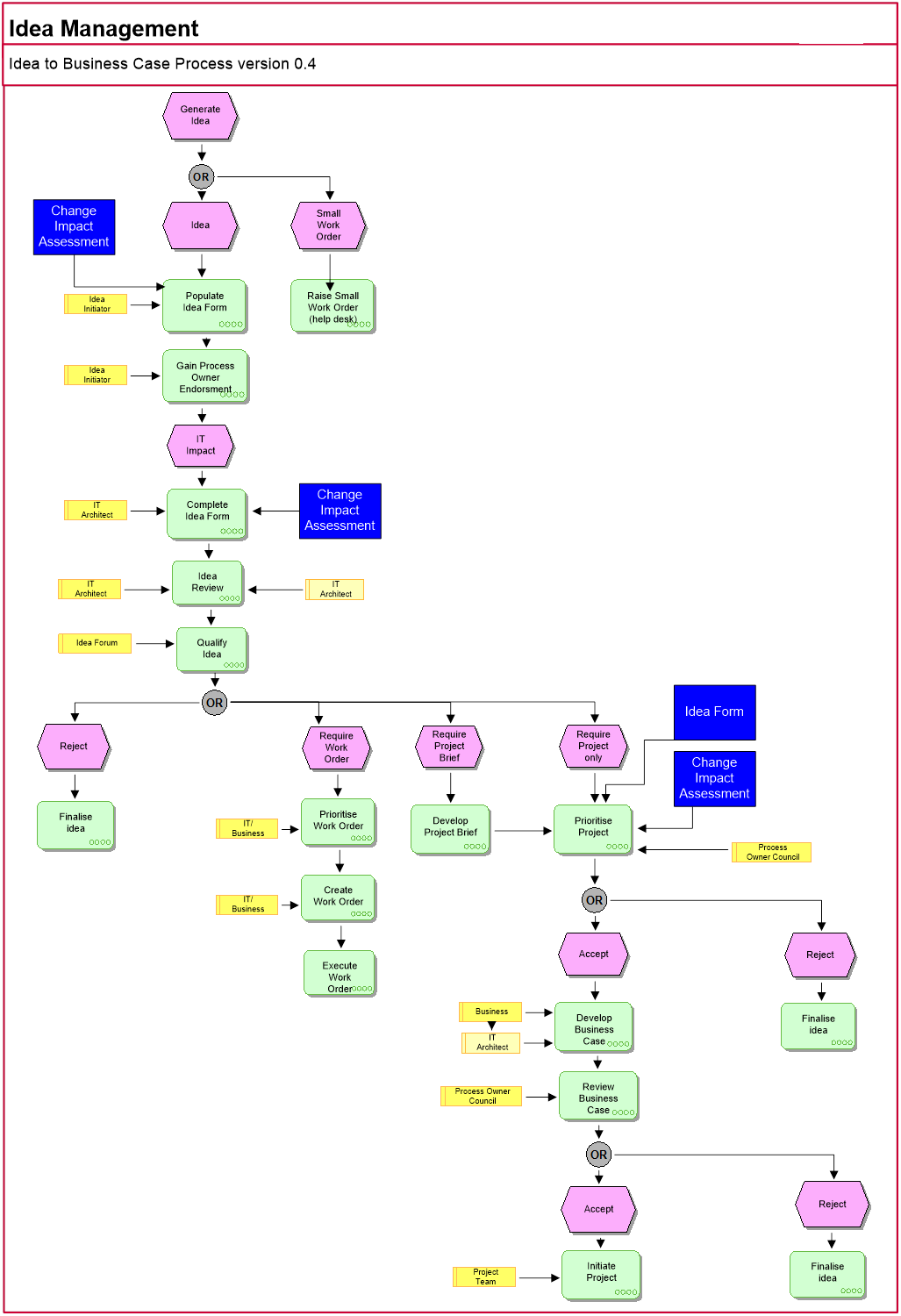Framing Decisions in Business
Blog: The Knowledge Economy
Change is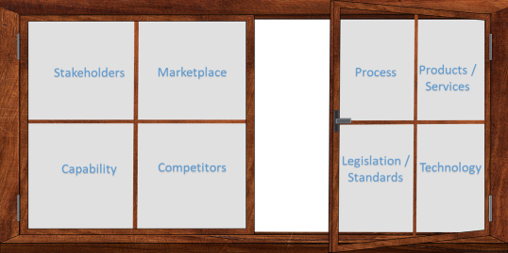 inevitable. Every business enterprise whether private, government or ‘not for profit will be subject to some sort of change. How they respond will influence if the the outcome is positive or negative.
inevitable. Every business enterprise whether private, government or ‘not for profit will be subject to some sort of change. How they respond will influence if the the outcome is positive or negative.
Change can be driven by many factors both internal and external. Understanding how they individually and inter-dependently affect the business is essential to optimally responding to them. Ultimately decisions will need to be made on how to accommodate change. It should be noted that not making a decision is actually a decision to do nothing.
Resistance to change can result in stagnation or devolution. Embracing change, if done well, can result in evolution and growth.
Using an Architecture Framework to shape business decisions
With many different factors influencing change it is good practice to establish a framework to work within.
A framework
- provides the opportunity to capture what is important to the enterprise and to define relationships.
- establishes a common vocabulary and structure around which conversations can be held.
A framework can be acquired from external sources and used to help shape the business. Useful frameworks, each with their own strengths and weaknesses, can be found in:
- The Open Group Architecture Framework (TOGAF)
- Pragmatic Enterprise Architecture Framework (PEAF)
- Australian Government Architecture Framework (AGA). This is based on version 1.0 of FEAF)
- Federal Enterprise Architecture Framework (FEAF) , developed by the US Government. This has moved on from the based that the Australian Government adopted with the significant inclusion of a Security Reference Model.
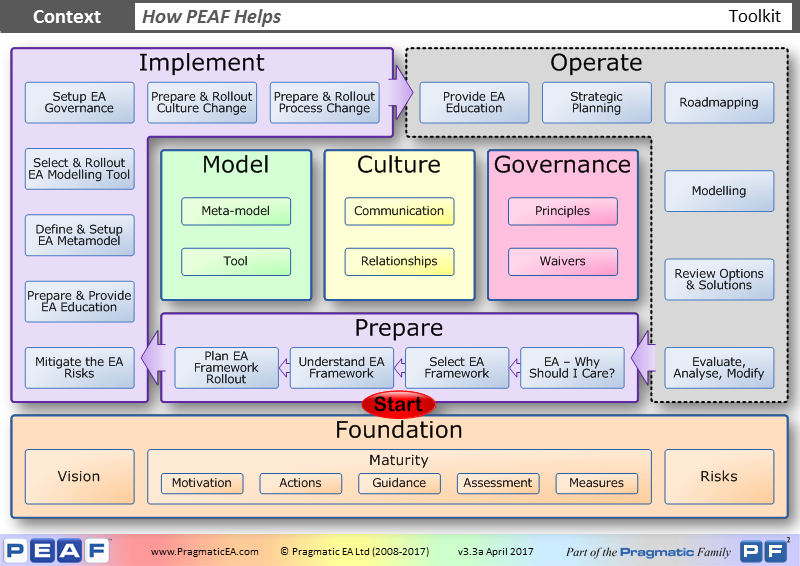
PEAF |
|
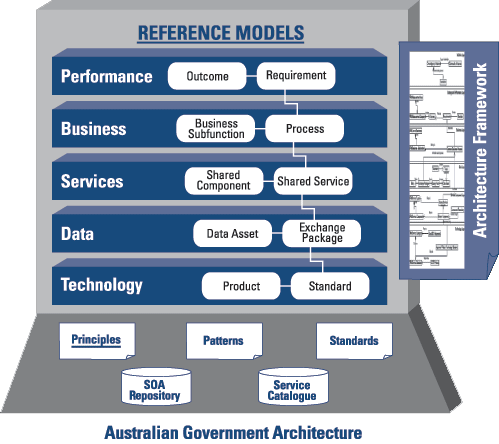
AGA |
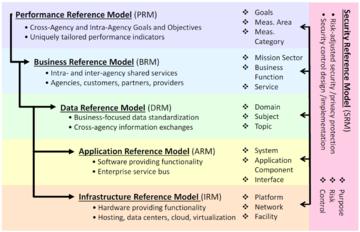
FEAF |
It is not essential that any of the published frameworks be applied to a business in its entirety. In practice it is more likely that a business will, if it decides that a framework should be adopted, select those components of a framework (or frameworks) which resonate with the existing organisation.
Adopting a framework is a wise decision. A framework however is only a tool which, in its application, can facilitate better decisions being made. A framework is not an end its own right.
In populating a framework with information various views can be established which can provide valuable insight into how the enterprise operates. If nothing else were developed other than an Operations Model at least the enterprise would have a good understanding of what it actually (or should be doing)
Example ‘Not For profit’ Operations ModelThis model can be extended by incorporating other factors influencing or being affected by the enterprise. Such a model provides the enterprise with a context for making decisions.
Example ‘Not For profit’ Operations Model with contextWith a basic Operations Model it becomes easier to drill in further in order to establish the business functions or processes needed to support required business activity.
Example ‘Not For profit’ Operations Model drill-down
The model, to do itself justice, should capture not only what is being done but also what is needed but not currently done by the enterprise. With a full view a capability maturity assessment of the maturity level can be made. This exposes both the strengths and weaknesses of an enterprise which in turn suggests what areas need to be further developed and over what time-frame.
Example ‘Not For profit’ Maturity Model templateMore generically a maturity model can be established highlighting those facets of the enterprise deemed to important.
The following is an example of the conceptual model developed to describe the operations within a state government department. The model’s first incarnation was based on an application of the Australian Government Architecture framework but was then modified, after consultation with the business, to include a strong security flavour. This then better aligned with the later version of FEAF.
Relationships between the different components of the model were established by developing and publishing a meta-model. This allowed for better and more productive conversations to be had between both the business and IT as well as identifying how change in one area could influence other parts of the business.
Processes associated to the Operations Model can be recorded using standardised modelling notations. Doing so provides a mechanism by which a line-of-sight can be established for all activities undertaken by the enterprise.
Example ‘Not For profit’ Process modelled using Business Process Modelling Notation (BPMN)With different notation standards available it is important, in order to maintain consistency that a single notation be adopted.
Example Idea Management Process modelled using Event driven Process Chain notation (EPC)Above are a subset of models that can be developed using various frameworks. No single framework provides and all encompassing solution. There is no concept of ‘one size fits all’ when managing change.
There are many different frameworks that can be explored and should be. Considering an option and discarding it may be better than not having considered it the first place.
As well as those mentioned above it can be worthwhile looking at the Process Classification Framework from APQC – www.apqc.org and/or the ‘Skills Framework for the Informational Age’ (SFIA) – www.sfia-online.org/en. These give insight on what processes may be needed and what skills an enterprise may need to succeed.
Leave a Comment
You must be logged in to post a comment.

